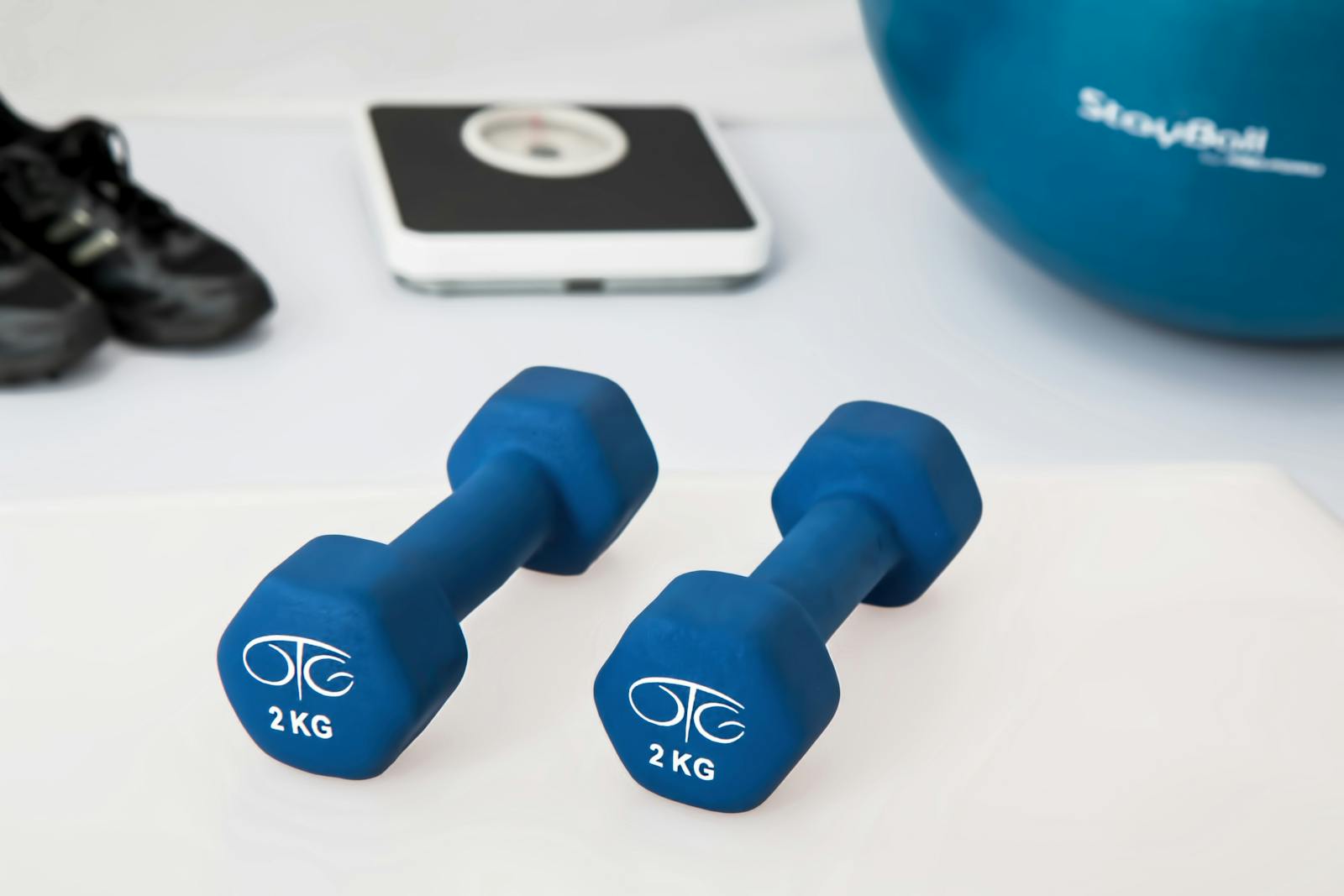In today’s fast-paced world, staying fit and healthy has become more accessible than ever, thanks in large part to the rise of smart fitness applications. These apps offer a range of features designed to guide users through workouts, track progress, and even provide nutritional advice. Imagine a busy professional who, after a long day at work, can simply pull out their smartphone and access a personalized workout program tailored to their goals. This convenience is transforming how we approach fitness. In this article, we will evaluate several popular fitness apps, highlighting their features, benefits, and potential drawbacks to help you make an informed choice.
The Evolution of Fitness Apps
Fitness apps have evolved significantly over the past decade. Initially focused on basic tracking and logging of workouts, they now incorporate advanced features such as virtual coaching, community engagement, and even artificial intelligence (AI) to enhance user experience. The best apps not only help users achieve their fitness goals but also foster a sense of community among users.
Top Fitness Apps of 2024
- Strava
- Overview: Strava is particularly popular among runners and cyclists. It allows users to track their activities using GPS and provides detailed analytics.
- Features: Strava offers social networking capabilities, allowing users to share their workouts, join challenges, and follow friends. Recent updates include an AI-powered Leaderboard Integrity system to ensure fair competition.
- Pros: Extensive community engagement and detailed performance metrics.
- Cons: Some features require a subscription; primarily focused on outdoor activities.
- MyFitnessPal
- Overview: MyFitnessPal is a comprehensive app that focuses on nutrition tracking alongside exercise logging.
- Features: Users can log meals using a vast food database, track macronutrients, and set personalized dietary goals. The app also integrates with various fitness devices for seamless tracking.
- Pros: Excellent for those looking to manage their diet while exercising; user-friendly interface.
- Cons: The free version has limited features; premium membership is required for advanced tools.
- Fitbod
- Overview: Fitbod is designed for strength training enthusiasts. It generates personalized workout plans based on user goals and available equipment.
- Features: The app adapts workouts based on previous sessions and recovery status, ensuring optimal muscle engagement.
- Pros: Tailored strength training programs; easy-to-use interface.
- Cons: Best suited for gym-goers; may not cater well to those who prefer bodyweight exercises.
- Apple Fitness+
- Overview: Apple Fitness+ integrates seamlessly with Apple devices, providing a wide range of workout classes led by professional trainers.
- Features: Users can choose from various workout types, including yoga, HIIT, and cycling. The app offers real-time metrics when paired with an Apple Watch.
- Pros: High-quality production value; diverse workout options.
- Cons: Requires an Apple Watch for full functionality; limited to Apple device users.
- Nike Training Club
- Overview: This app offers a wide variety of workouts designed by professional trainers, catering to all fitness levels.
- Features: Users can access guided workouts ranging from strength training to yoga. The app also provides nutrition tips and wellness guidance.
- Pros: Free access to high-quality workouts; extensive variety of training styles.
- Cons: Some advanced features require a subscription; may lack the depth of personalized coaching found in other apps.
- Centr
- Overview: Created by actor Chris Hemsworth, Centr combines fitness training with meal planning and mindfulness practices.
- Features: The app offers diverse workout options alongside nutrition guidance and recipes curated by professionals.
- Pros: Comprehensive approach to wellness; engaging content from well-known trainers.
- Cons: Subscription-based model can be expensive; may not be ideal for beginners due to advanced workouts.
- FitOn
- Overview: FitOn provides free video-based workouts across various categories including yoga, strength training, and cardio.
- Features: Users can join live classes or follow on-demand sessions led by experienced trainers. The app also includes social features like group challenges.
- Pros: Free access to quality content; great for beginners looking for variety.
- Cons: Limited advanced features compared to paid apps; some users may prefer more structured programs.
Choosing the Right App for You
When selecting a fitness app, consider the following factors:
- Fitness Goals: Identify your primary objectives—whether it’s weight loss, muscle gain, or overall wellness—and choose an app that aligns with those goals.
- User Experience: Look for apps with intuitive interfaces that make navigation easy. A positive user experience can significantly enhance motivation and adherence.
- Community Features: If social interaction motivates you, opt for apps that offer community engagement options such as challenges or forums.
- Cost vs. Features: Evaluate whether the free version meets your needs or if you would benefit from premium features that require a subscription.

Conclusion:
The landscape of fitness applications is rich with options designed to cater to various needs and preferences. From comprehensive nutrition trackers like MyFitnessPal to innovative strength training solutions like Fitbod, there’s an app suited for everyone’s fitness journey.As you explore these digital tools, remember that the best app is one that not only helps you achieve your fitness goals but also keeps you motivated and engaged in your health journey. With the right smart fitness application at your fingertips, achieving your wellness aspirations has never been more accessible or enjoyable.






Leave a Reply